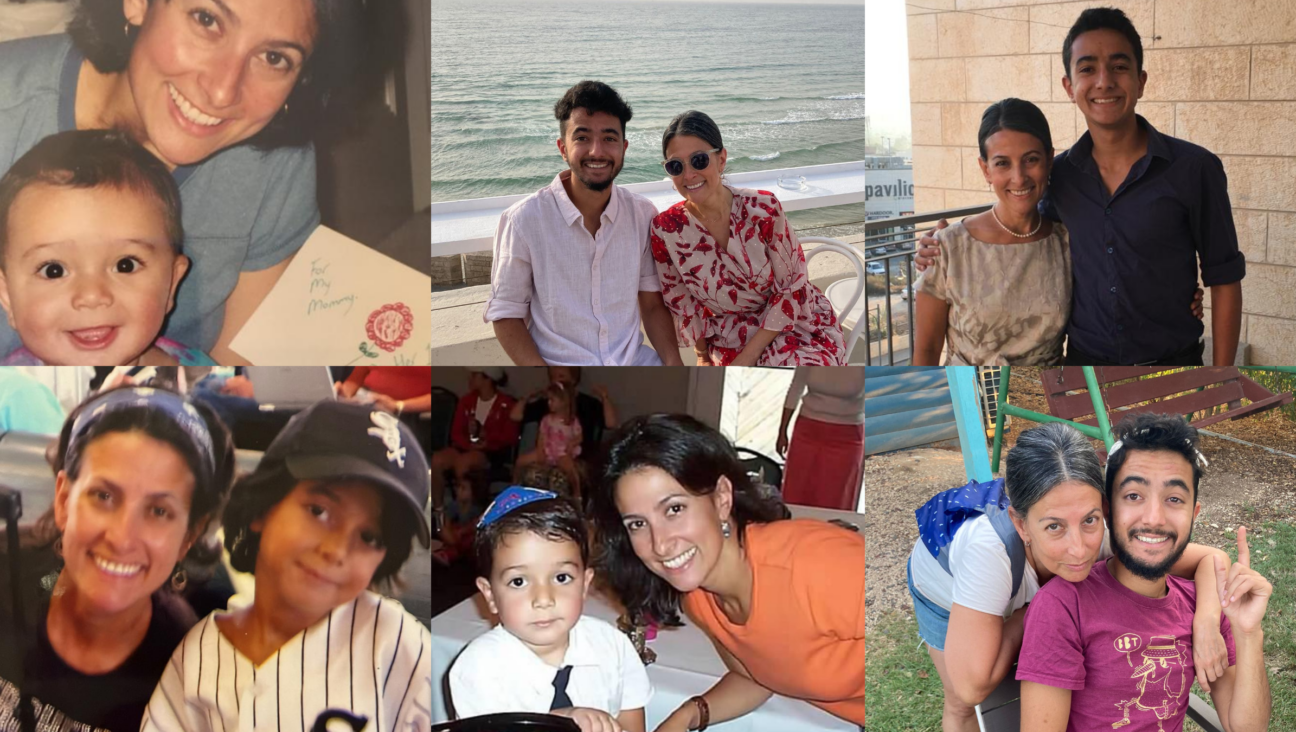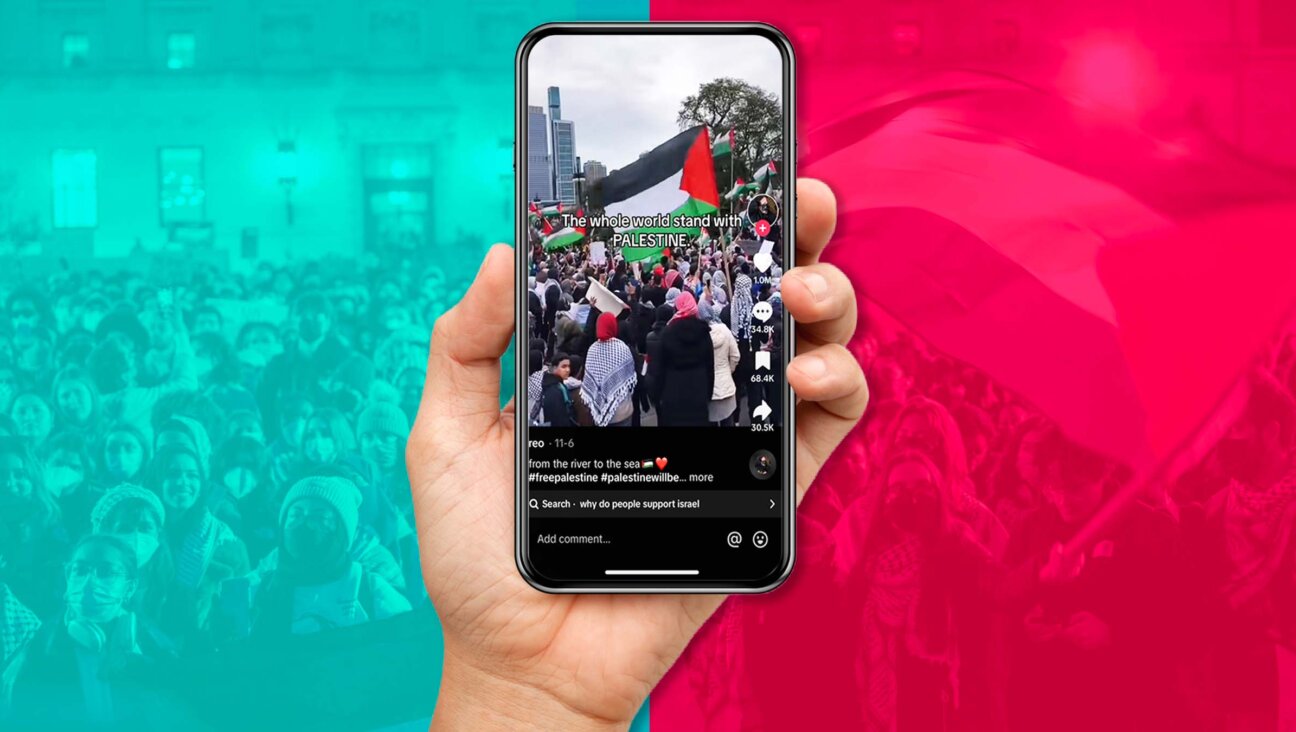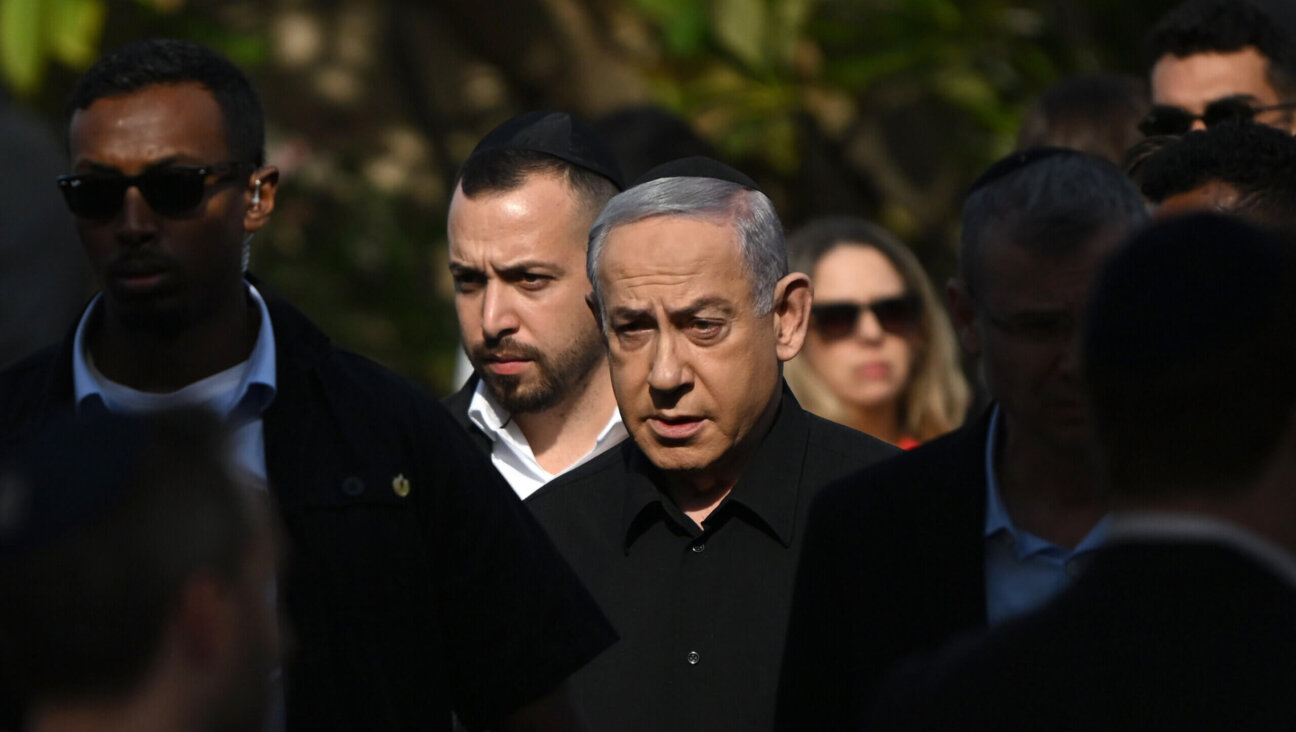Can Jews and African Americans rebuild their 1960s alliance?

The early 1960s marked the high point of the black-Jewish alliance, which was always complex and had its roots back in the early 20th century. Image by John Kunza
Editor’s note: In observance of Martin Luther King Jr. Day, the Forward is resurfacing some of our recent coverage related to the Black-Jewish experience and racial justice. This article originally appeared in June, 2020.
Month after month in the early 1960s, demonstrators poured into the streets of Birmingham and Montgomery, of Jacksonville, Florida and Jackson, Mississippi. They marched to demand justice and were beaten by police and set upon by dogs. Most were black, but some were white, and two-thirds of those whites were Jews, often coming down south from the North. Their persistence and courage riveted the country, moved the Democratic Party to the left, and led to the passage of the Civil Rights act of 1964 and the Voting Rights Act of 1965.
Related story: “It should call out to every Jew:” Crown Heights rallies for Black Lives Matter
Yet two years after those triumphs, blacks and Jews were often at each other’s throats. Younger black leaders — Stokely Carmichael, H. Rap Brown — called for the radicalization of the movement, attacking white power structures, and expelling white allies. Some civil rights groups printed leaflets denouncing Israel.
Some Jewish intellectuals launched the neo-conservative movement and attacked black demands. The split was personal and bitter. When I interviewed Jews who lived through this period, they complained they had been “kicked out” of the civil rights movement. When I interviewed blacks, they charged that Jews had selfishly “abandoned” them. From the late 1960s through the 1980s, black-Jewish relations deteriorated in a downward spiral as the groups fell out over the 1968 New York City school strike, affirmative action, Israel, Jesse Jackson and Louis Farrakhan.
With two of its most important constituent groups feuding, the Democratic Party lost four of the next five presidential elections. It wasn’t until Barack Obama ran for president in 2008 that blacks and Jews were able to reconstitute a semblance of their old political alliance. Obama was America’s first African-American President. He was also the first President to hold a Passover Seder in the White House.
The collapse of black-Jewish cooperation after 1965 is important because it shows how powerful coalitions can be — and how fragile. As the country stands poised for a new reckoning with racism and police brutality, the challenge now is whether this moment of unity flooding the streets can be turned into a common and lasting political agenda.
The early 1960s marked the high point of the black-Jewish alliance, which was always complex and had its roots reaching back to the start of the 20th century. Jewish immigrants and their children who rose in America as professionals and intellectuals felt sympathy for blacks and at times identified with them.
Writing in 1917 about a white-led riot in East St. Louis that killed 39 blacks, the Forward compared the attack to the Kishinev pogrom in Russia in 1903 when more than 50 Jews were killed. “Kishinev and St Louis — the same soil, the same people. It is a distance of four and a half thousand miles between these two cities and yet they are so close and so similar to each other.”
The Ku Klux Klan, Jews knew, targeted “Koons, Kikes, and Katholics.” The Jewish Spingarn brothers helped found and lead the NAACP. The president of Sears Roebuck, Julius Rosenwald, worked with Booker T. Washington and funded a network of schools for black children in the segregated south. By the early 1960s, not only did Jews make up two-thirds of the whites marching and going on Freedom Rides (epitomized by the murder of Michael Schwerner and Andrew Goodman next to James Chaney in the summer of 1964) but three-quarters of the money being raised by Martin Luther King and other civil rights groups was coming from Jews.
What wasn’t fully appreciated at the time, or in the romantic recollections of some Jewish participants, was that Jews were motivated not just by common ideals but by common interests. Jews were among the first to use anti-discrimination laws to eliminate restrictive covenants that kept them out of apartment buildings and suburban housing. The growing tide of tolerance fostered by the civil rights movement opened opportunities for Jews in law firms, corporations, and universities. The rapid ascent of Jews in America since the 1960s owes a huge debt to the civil rights movement.
Even at a spiritual level, the rhetoric of the civil rights movement stirred Jews in ways their rabbis and Jewish education never did. The Jewish writer and activist Michael Walzer, then a graduate student at Brandeis, visited Alabama in 1960 and walked into a small Baptist Church in Montgomery. “There on the pulpit, the preacher… acted out the ‘going out’ from Egypt and expanded its contemporary analogues: He cringed under the lash, challenged the pharaoh, hesitated fearfully at the sea, accepted the covenant and the law at the foot of the sea.” It was Walzer, wrote, one of the most extraordinary sermons he had ever heard.
After 1965, with voting rights and anti-Jim Crow laws enacted by Congress, the civil rights movement broadened its goals, demanding economic justice and criticizing the war in Vietnam. It moved north where it confronted not southern sheriffs and the Ku Klux Klan but, in 1968, Albert Shanker and the teacher’s union in New York, which was overwhelmingly Jewish and opposed community oversight of schools in a poor black Brooklyn neighborhood. Many blacks in Harlem and other ghettos resented Jewish landlords and shopkeepers, who they believed overcharged and exploited them.
They challenged what today would be called Jewish ”white privilege” — the behavior of Jews in positions of power and influence. “You can go to synagogue on Saturday,” a black civil rights veteran from the 1960s told me. “But surely being holy is something you do the other six days a week as well.”
And Israel, then as now, was a flashpoint. The Six-Day War galvanized Jewish pride. Many American Jews grew livid when some black groups criticized the treatment of Palestinians and attacked Zionism — criticisms that have only grown in urgency as Israel expands its settlements and continues its military occupation.
Yet even as the Black Panthers and some in the Student Non-Violent Coordinating Committee sought the removal of liberal Jewish advocates from civil rights leadership roles, moderate black leaders like Bayard Rustin worked with Jewish labor leaders, and Whitney Young worked with diverse corporate leaders to craft solutions to employment and voting rights issues.
In 1967, Martin Peretz, a Jewish activist and Harvard academic who had given and raised hundreds of thousands of dollars to civil rights groups, financed a “New Politics” convention in Chicago designed to bring blacks, Jews and other liberals together to challenge Lyndon Johnson and the Vietnam war. Designed to build coalitions, the convention instead pitted blacks against whites, radicals against liberals, African Americans against Jews.
King delivered a speech and was heckled by militant black teenagers. A “black caucus” seceded. A “white caucus” followed. Delegates passed a resolution denouncing Israel’s “imperialistic Zionist war.” Peretz walked out of his own convention. He went on to buy and edit The New Republic and came to symbolize for many the weakening of traditional Jewish liberalism.
The marches today echo the public outrage that followed the Birmingham Church bombing in 1963 that killed four little girls and the “Bloody Sunday” attack in 1965 on civil rights demonstrators as they attempted to cross the Edmund Pettus bridge — an attack that prompted Abraham Joshua Heschel to join King and march across the bridge two weeks later.
In many ways blacks and Jews are better positioned now to help lead the country into change than they were in the 1960s. African Americans hold political power across the country; Joe Biden will likely pick a woman of color as his running mate. Jews hold unprecedented and powerful positions in business, in media, at universities. Today, everyone from Amazon to the NFL say they “stand with” protesters and African Americans. But what does that mean? How do we “end police brutality”? How do we battle systemic racism in government, corporations, universities, the media?
Many of the 1960s coalitions arose around electoral politics; the upcoming election could spur that again. Building coalitions and reconciliation groups on campuses could help as well, as black and Jewish young people are again marching together. Encouraging Jewish leaders in the private sector to speak out and take leadership could also help.
The power dynamics have changed since the early 1960s. Will Jews and other whites be comfortable in a movement like Black Lives Matter? Can supporters of Black Lives Matter and the organizers of protests find a way to sustain their coalition without succumbing to the divisiveness that drives allies away? While many Jewish groups have proclaimed their solidarity with the protests, there are also outspoken Jewish conservatives, including many advising President Trump.
One thing that struck me as I wrote my history of black-Jewish relations was how much time King and other leaders of the civil rights movement spent in meetings. They negotiated with Washington. They hammered out lobbying strategies. They leaned on allies and compromised with supporters. They built the coalitions to make the dreams and slogans of their marches a reality.
That is the hard work of change, and it needs to start now.
Jonathan Kaufman is the author of Broken Alliance: The Turbulent Times Between Blacks and Jews in America which won the National Jewish Book Award. His new book, The Last Kings of Shanghai: The Rival Jewish Dynasties that Helped Shape Modern China is out this month.
















